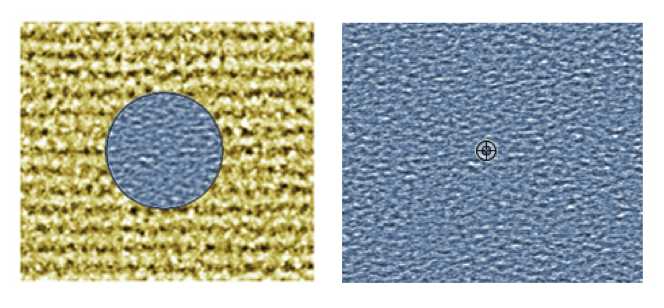
However, as the review in Seminars in Cutaneous Medicine and Surgery explains, the collected research found that in many cases, the very specific wavelengths made relatively little difference during treatment.

Past studies have stressed the importance of the specific wavelengths that people use to target their skin. However, the anti-inflammatory effect of RLT is very promising. tendinitis, or inflammation of the tendonsĪgain, the research is still preliminary.autoimmune thyroiditis, or inflammation of the thyroid.The researchers explain that the helpful anti-inflammatory effects of RLT, and the potential uses for this therapy, are abundant.įurther research may help us understand if it may help with chronic inflammatory issues such as: These effects are both local, where practitioners apply the light, and systemic, in other tissues and organs in the body. These results show the potential for the therapy but are not conclusive evidence that it will work in every case.Īs research in the journal AIMS Biophysics notes, many of the conditions that RLT treats have their roots in inflammation.Īlthough the exact reason is not yet clear, RLT has significant anti-inflammatory effects in the body.
#HEAL TOOL FOR EXPOSURE X TRIAL#
Many of the human studies used very small sample sizes, as is evident in the clinical trial above. It is important to remember that many of the results regarding RLT come from animal or test tube studies, which explore the function of RLT. The researchers found that these light therapies could:
#HEAL TOOL FOR EXPOSURE X SKIN#


This red light is natural and can penetrate deep into the skin, where the cells can absorb and use it.Īs a study in the journal Seminars in Cutaneous Medicine and Surgery notes, mitochondria in the skin cells can absorb these light particles. Low-level laser light therapy is another name for the process, though RLT may be more common. RLT is a straightforward procedure involving exposing the body to low wavelength red light. Share on Pinterest RLT exposes the body to low wavelength red light.


 0 kommentar(er)
0 kommentar(er)
